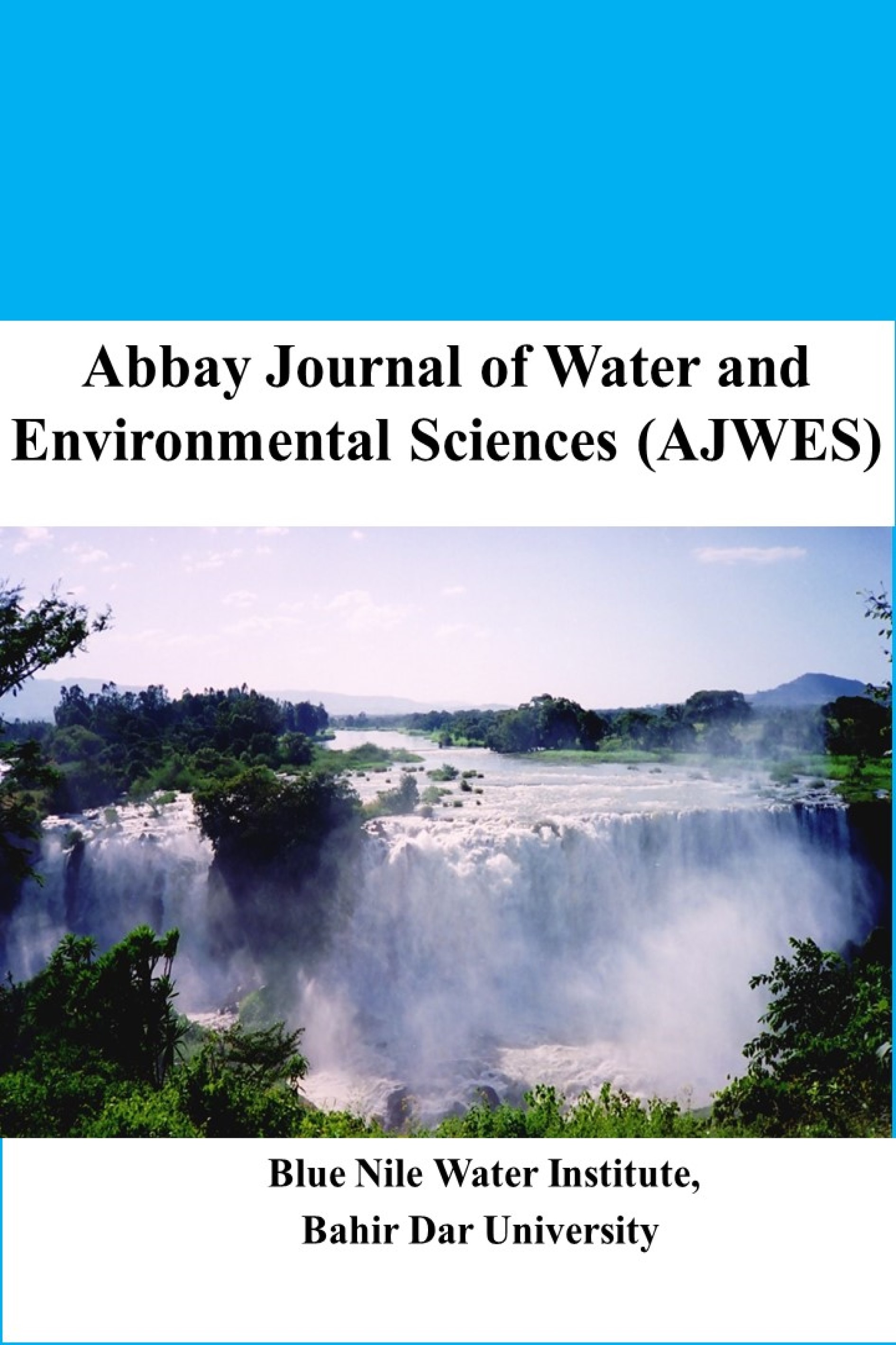Water Diplomacy as Peaceful Means for Enhancing Cooperation and Sustainable Development in the Eastern Nile Basin
Abstract
The study aims at the roles of water diplomacy approaches for Transboundary Rivers to enhance cooperation. The comparison was to draw lessons that would contribute to transforming the conflict in the Eastern Nile to achieve peaceful collaboration in sustainable development and management of the shared Nile Waters. The study assessed the role of multi-track water diplomacy in enhancing formal and informal diplomacy, analyzed the past and present water diplomacy approaches practiced within the Eastern Nile countries and identified the main challenges hindering the riparian countries from reaching satisfactory dispute resolution by all riparian states. The research used a mixed-methods approach, combining primary and secondary data. The snowball sampling technique was used to identify and recruit participants, and focus group discussions with key stakeholders were held to gain in-depth insights. This qualitative research design allowed the researchers to conduct a thorough examination of the subject matter, delving into the perspectives and experiences of various stakeholders involved in the Eastern Nile River basin. The interview findings show that almost 52% of respondents indicated negotiation is the best approach to be practised in the context of the Eastern Nile River basin and about 36 % of respondents perceive that Ministry of Foreign affairs are the main actors followed by other scientific groups. The study indicated that the role of civil society and other actors in the region has significant importance in enhancing formal water diplomacy to reach an agreement. Moreover, the experience from the global trans-boundary water resources management shows that negotiation and mediation techniques on water diplomacy approaches were widely adapted and used in resolving disputes over shared water resources. Additionally, the civil society and other actors played a significant role in bridging the gap and creating a neutral platform for interaction between the riparian states that pave the way for cooperation.
Copyright (c) 2024 Abbay Journal of Water and Environmental Sciences

This work is licensed under a Creative Commons Attribution-NonCommercial-NoDerivatives 4.0 International License.

